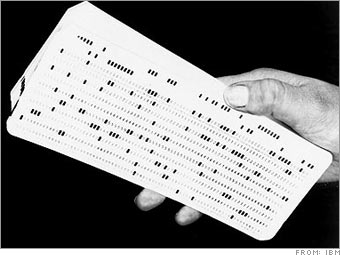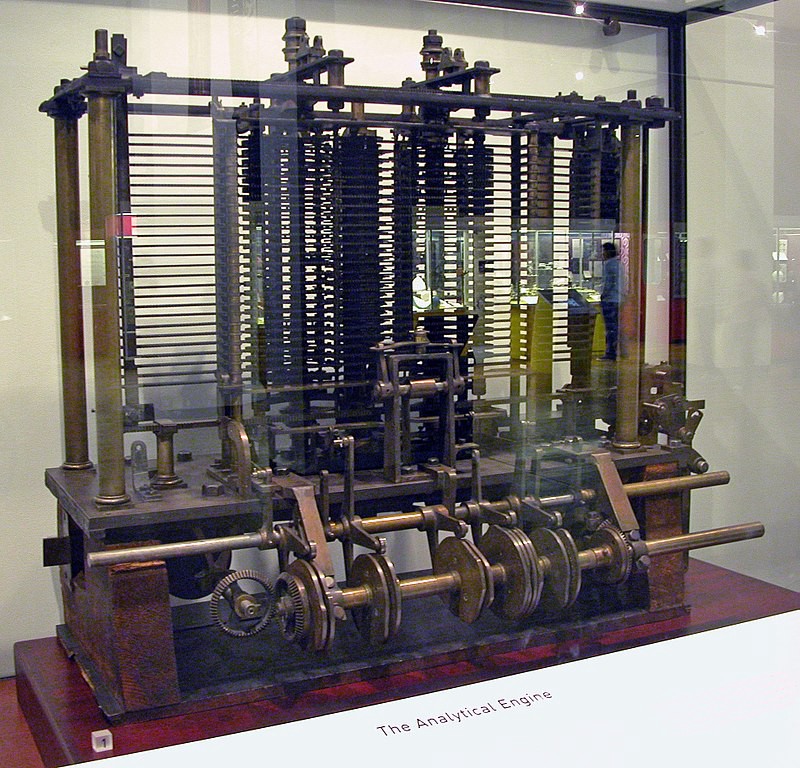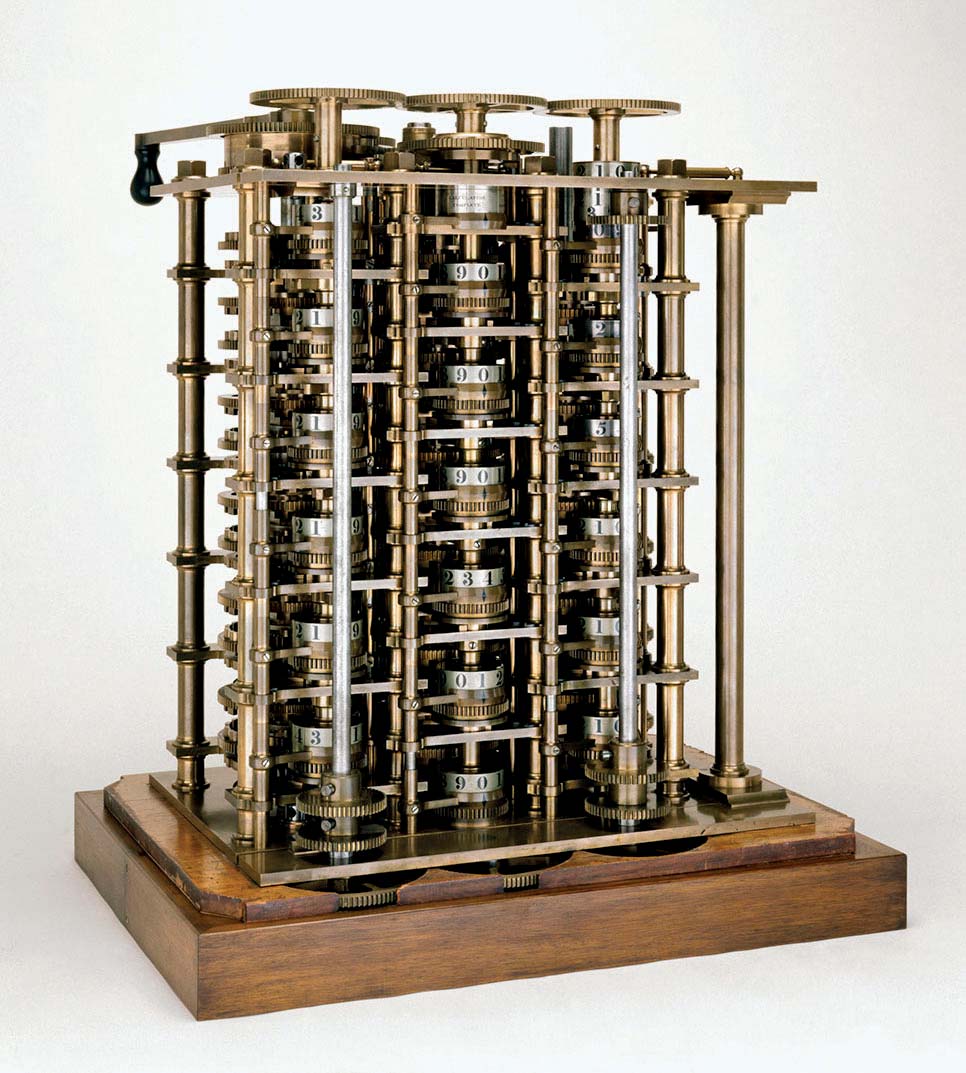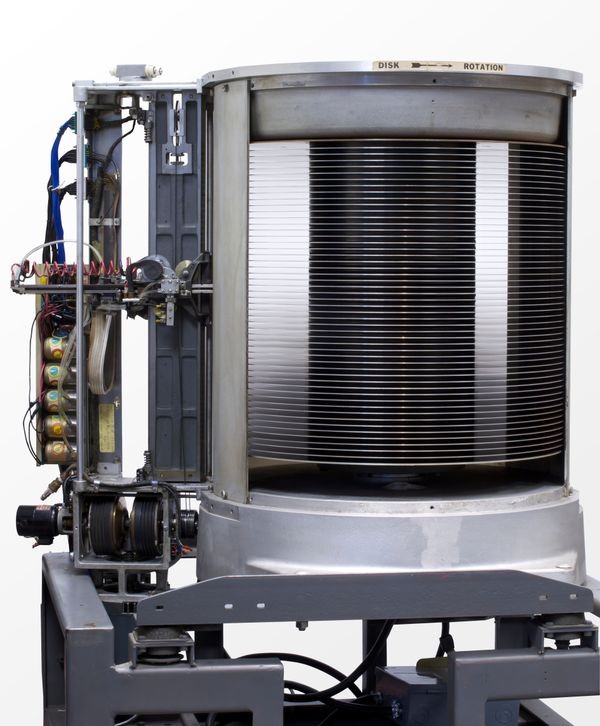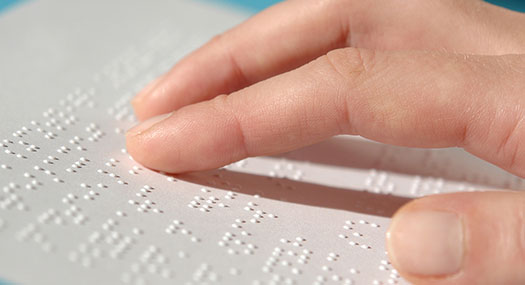The IBM card
The IBM card, also known as the IBM punch card, was a standard for data storage and processing during the early days of computing. The cards were first introduced by IBM in the early 1920s and quickly became a widely used method for recording and storing data, from census data...



